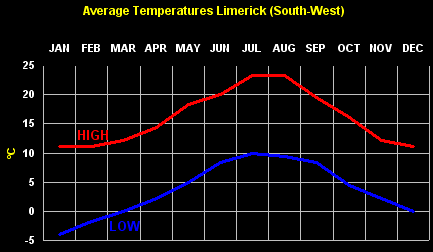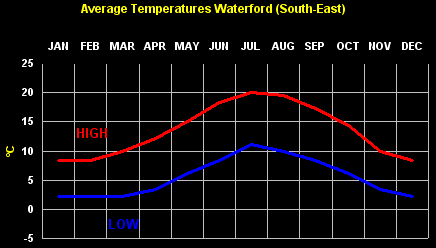We'll sing a song, a soldier's song, With cheering rousing chorus, As round our
blazing fires we throng, The starry heavens o'er us; Impatient for the coming
fight, And as we wait the morning's light, Here in the silence of the night,
We'll chant a soldier's song.
Chorus: Soldiers are we whose lives are pledged to Ireland; Some have come
from a land beyond the wave. Sworn to be free, No more our ancient sire land
Shall shelter the despot or the slave. Tonight we man the gap of danger In
Erin's cause, come woe or weal 'Mid cannons' roar and rifles peal,
We'll chant a soldier's song In valley green, on towering crag, Our fathers
fought before us, And conquered 'neath the same old flag xf That's proudly
floating o'er us. We're children of a fighting race, That never yet has known
disgrace, And as we march, the foe to face, We'll chant a soldier's song
Chorus
Sons of the Gael! Men of the Pale! The long watched day is breaking; The
serried ranks of Inisfail Shall set the Tyrant quaking. Our camp fires now are
burning low; See in the east a silv'ry glow, Out yonder waits the Saxon foe, So
chant a soldier's song.
Chorus
|
Seo dhibh a Seo dhibh a cha/irde duan O/glaigh, Cathre/imeach
briomhar ceolmhar, A/r dtinte cna/mh go buacach ta/id, 'S an spe/ir go min
re/altogach Is fonnmhar faobhrach sinn chun gleo 'S go tiu/nmhar gle/
roimh thi/ocht do'n lo/ Fe/ chiu/nas chaomh na hoiche ar seol: Seo libh
canai/dh Amhra/n na bhFiann
Curfa/: Sinne Firnna Fa/il A ta/ fe/ gheall ag E/irinn, buion da/r slua
Thar toinn do ra/inig chugainn, Fe/ mho/id bheith saor. Sean ti/r a/r
sinsir feasta Ni/ fhagfar fe/'n tiora/n na/ fe'/n tra/il Anocht a the/am
sa bhearna bhaoil, Le gean ar Ghaeil chun ba/is no/ saoil Le guna screach
fe/ la/mhach na bpile/ar Seo libh canai/dh Amhra/n na bhFiann.
Cois ba/nta re/idhe, ar a/rdaibh sle/ibhe, Ba bhuachach a/r sinsir
romhainn, Ag la/mhach go tre/an fe/'n sa/r-bhrat se/in Ta/ thuas sa
ghaoith go seolta Ba dhu/chas riamh d'a/r gcine cha/idh Gan iompa/il siar
o/ imirt a/ir, 'S ag siu/l mar iad i gcoinne na/mhad Seo libh, canai/dh
Amhra/n na bhFiann
Curfa/
A bhui/on na/ch fann d'fhuil Ghaeil is Gall, Sin breacadh lae na
saoirse, Ta sce/imhle 's scanradh i gcroi/the namhad, Roimh ranna laochra
a/r dtire. A/r dtinte is tre/ith gan spre/ach anois, Sin luisne ghle/ san
spe/ir anoir, 'S an bi/obha i raon na bpile/ar agaibh: Seo libh, canai/dh
Amhra/n na bh Fiann.
Curfa/
|











